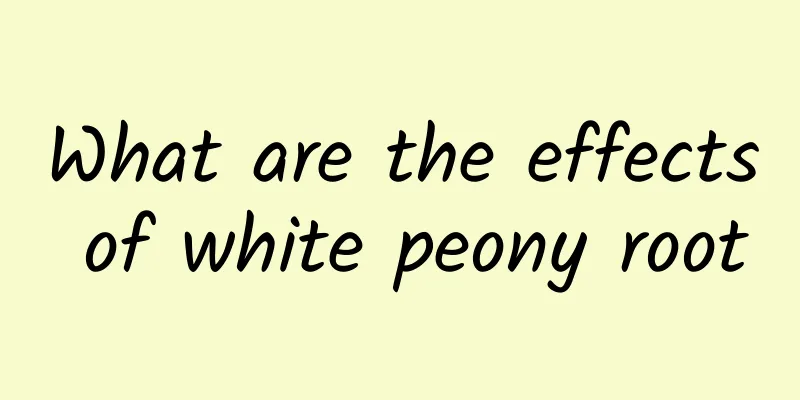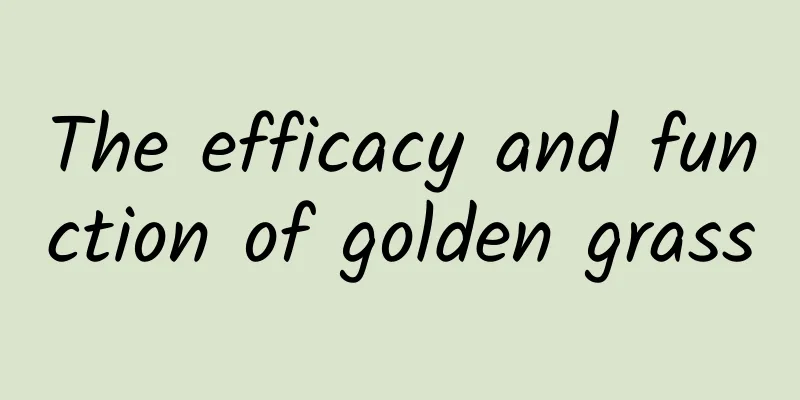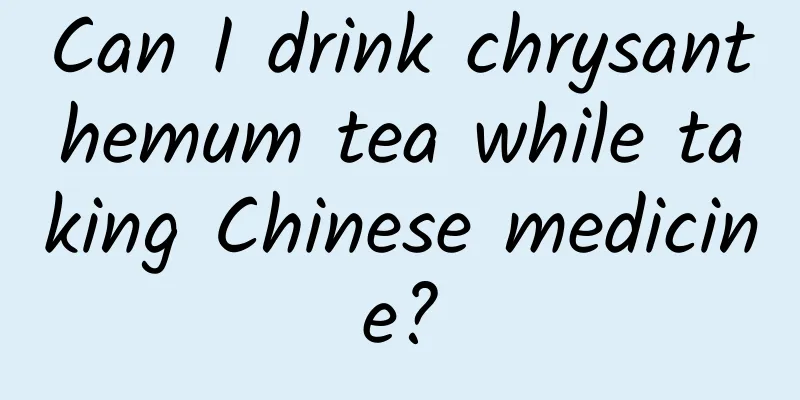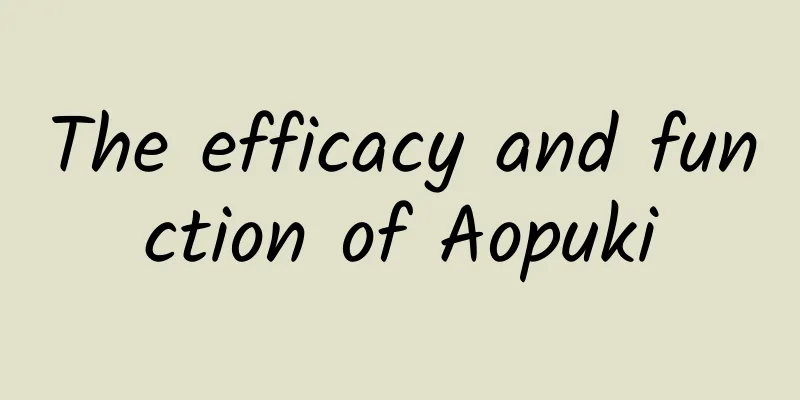The efficacy and function of orange peel
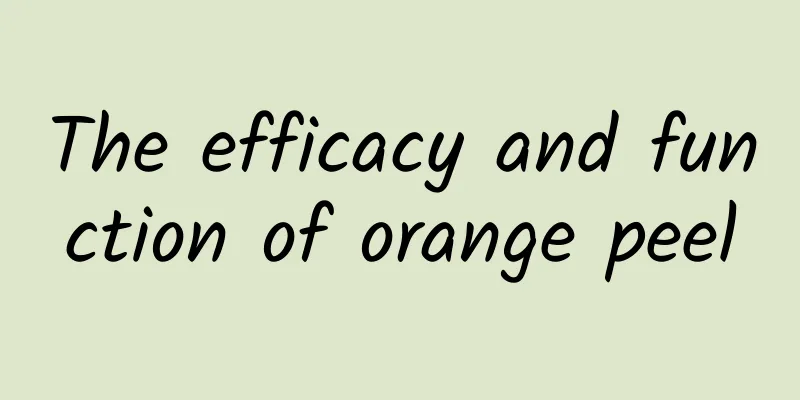
|
After thousands of years of sedimentation and accumulation, the types and quantities of Chinese medicine have become quite astonishing. Therefore, choosing Chinese medicine to treat some difficult and complicated diseases always has a very good effect. Next, I would like to recommend a Chinese medicine - tangerine peel. [Other names] Tangerine peel (Meng Shen), Guilao (Hou Ningji's "Pharmacopoeia"), yellow tangerine peel ("Jifeng Puji Fang"), red peel ("Tangye Bencao"). [Source] It is the peel of various citrus species such as the Rutaceae plant Fukuci or Zhuci . After October, pick the ripe fruits, peel them, and dry them in the shade or in the sun. [Habitat distribution] Mainly produced in Sichuan, Zhejiang and Fujian. In addition, it is also produced in Jiangxi, Hunan and other places. [Properties] The whole pericarp is often divided into 4 parts, each of which is mostly oval and connected at the fruit stalk. Sometimes it breaks into pieces or appears in irregular shapes. The slices are 1 to 2 mm thick and usually curved inward: the outer surface is bright orange-red, yellow-brown to tan, with countless tiny, concave oil chambers; the inner surface is light yellow-white, spongy, and has short linear vascular bundle (orange peel) marks, which are denser at the fruit base. It is soft in texture, brittle after drying, easy to break, and has an uneven cross section. It has a fragrant smell and a bitter taste. The best ones are those with thin skin, large slices, red color, oiliness and strong aroma. [Chemical composition] The peel of the tangerine contains volatile oil, the main component of which is limonene. 【Pharmacological action】 ①Effect on cardiovascular system [Preparation] Brush off the dirt, pick out impurities, spray with clean water, soak until moist, cut into strips or slices, and dry. 【Nature and flavor】Acrimonious, warm. [entry into meridians] Enters the spleen and lung meridians. 【Functions and indications】Regulating Qi, regulating the middle, drying up dampness, and resolving phlegm. Treats chest and abdominal distension, loss of appetite, vomiting, hiccups, and cough with excessive sputum. It can also detoxify fish and crabs. [Usage and Dosage] For oral use: decocted in water, 1 to 3 qian; or made into pills or powder. 【Note】 It is not suitable for patients with Qi deficiency or Yin deficiency and dry cough. Take with caution in case of hematemesis. [Additional prescription] ① Treats spleen and stomach disharmony, sudden collapse of cold air, and invasion of the body. Coldness causes qi to gather, and gathering causes obstruction and blockage, resulting in bloating and fullness, with a stringy and slow pulse: 4 liang of yellow tangerine peel and 2 liang of white atractylodes. Grind the above ingredients into fine powder, mix with wine paste and make into pills as big as tung nuts. Take 30 pills with decoction of costusroot before meals. (Kuanzhong Pills from Jifeng Pujifang) 【Discussions by various scholars】 ① "Medical Origin": "Orange peel can replenish qi, add green peel and reduce it by half, remove stagnant qi, and get rid of the old and bring in the new. If it is to nourish the spleen and stomach, do not remove the white part; if it is to regulate stagnant qi in the chest, remove the bag. "Secrets of Main Treatments" says that bitter and pungent flavors replenish qi and benefit the lungs. If there is licorice, it can replenish the lungs, and if there is no licorice, it can purge the lungs." [Clinical Application] Treatment of acute mastitis: Take 1 liang of tangerine peel and 2 qian of licorice, 1 dose per day, decocted and taken twice; for severe cases, 2 doses can be taken per day, decocted and taken 4 times. According to clinical observations, most patients who are treated within 1 to 2 days of onset achieve good results, with a cure rate of over 70%. Generally, the patient recovers within 2 to 3 days. The longer the disease lasts, the worse the treatment effect. Ineffective if suppuration has already occurred. [Remarks] Tangerine peel is a medicinal material. In addition to the peels of the above-mentioned citrus fruits, the peels of mandarin oranges and sweet oranges are sometimes also used as tangerine peel. The former is commonly known as "Guang Chenpi", see the "Gan Pi" entry; the latter is commonly known as "Tu Chenpi", see the "Chen Pi" entry. 【Excerpt】 《*Dictionary》 The above content is an introduction to the efficacy and functions of the traditional Chinese medicine orange peel. I hope it can bring you some help. The culture of traditional Chinese medicine is profound and extensive. When treating diseases, we need to choose different medicines according to the different diseases to better help the body relieve troubles. |
<<: The efficacy and function of orange peel
>>: The efficacy and function of orange root
Recommend
Bad breath, is it all caused by Helicobacter pylori?
In the eyes of some people, Helicobacter pylori i...
Rare! Bathing can cause illness. What is "bird" disease?
Recently, Ms. Wang from Liuyang, Changsha, Hunan,...
Revealed! The college entrance examination papers were printed in prison? What did they go through to get to you?
Experts in this article: Yang Chao, PhD in Chemis...
What are the medicinal values of chicken testicles?
Chicken testicles are usually used as dishes, so ...
The probability of an asteroid hitting the Earth is 3.1%? Don't panic, it's just an estimate! The defense system is already being deployed
Recently, the topic that an asteroid numbered &qu...
The "Ocean One" in the old captain's diary marks the starting point of my country's ocean-going scientific research!
Model of the research vessel "Dayang No.1&qu...
Inositol, is it really that magical?
This is the 4774th article of Da Yi Xiao Hu Recen...
What are the effects of carambola root and knife wound medicine?
The root of carambola is actually the root of car...
[Chasing Dreams with Stars] Min Enze: Turning stones into gold, a catalyst for life that never fades
Min Enze is the founder of my country's oil r...
90-day "space mission" - this is how they spent it
Everyone must be familiar with the three astronau...
What are the effects of Angelica dahurica?
Traditional Chinese medicine can regulate the bod...
Can black wolfberry be consumed frequently?
Wild black wolfberry is a gray-black wolfberry. I...
The efficacy and function of green onion
As a traditional Chinese medicine, onion roots ha...
How to drink wolfberry in water?
When autumn and winter come, our bodies will feel...
The most searched topic! Cleaning a moldy wardrobe can cause mold to grow in your lungs! Can you still touch moldy things?
Recently, an unexpected piece of news topped the ...
